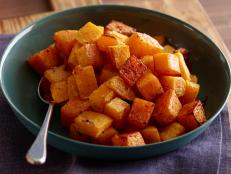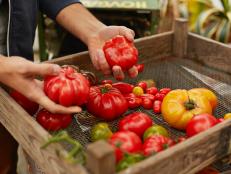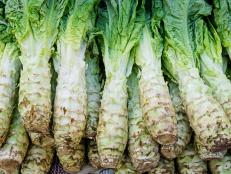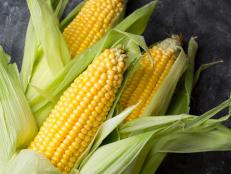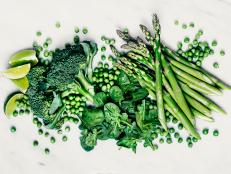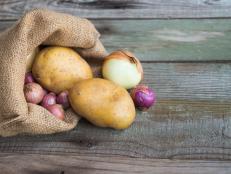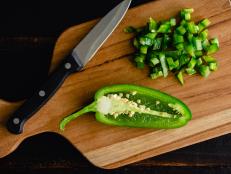3 Tricks to Start Planning Your Meals Around Vegetables
Burnt out by your meal prep strategy? Start thinking veggies-first, and you'll plan meals with greater variety and probably save a little money too.


Enrique Díaz / 7cero / Getty
There are 101 ways to get into meal planning. Sometimes you’re trying to stick to a budget, or perhaps you’re just over staring at the fridge night after night wondering how to turn a half carton of eggs, two potatoes and a bag of spinach into dinner. Planning ahead lends structure to your meals and eliminates overwhelming decision-making in the middle of the week. When I meal plan, I always begin with the vegetables.
Planning the veggies you’ll eat for the week is truly one of the best things you can do for your overall well-being. The more you eat them, the better you feel — plus they’re so versatile and can add a lot of variety to your plate. No matter what eating strategy you follow, vegetables tend to be the category of food that always has a place. Here are a few strategies to help you think about meal planning with your vegetables in mind.
Plan what vegetable you're going to eat at your first meal of the day.
We’re not strictly talking about breakfast here. Your first meal is what you eat for the first time after waking up — even if that occurs midday around the lunch hour. Including veggies in that first meal means no matter how the rest of the day unfolds, you know something nourishing helped you start your day. And adding a veggie here doesn’t mean a complete swap of the meal you normally have. If your everyday breakfast is two eggs and a slice of toast, don’t stop having that, just add a vegetable.
Make a small spinach and berries smoothie. Large smoothies can feel overwhelming, especially if they are only a component of a meal. Baby spinach and kale greens offer the most neutral taste and pair well with frozen berries, a nub of ginger, and a splash of coconut water.
Prep easy-to-heat seasoned veggies ahead of time. Sometimes you just want to reach into the fridge for three things and know you have a meal you’ll be happy to eat ready in a matter of minutes. Make head a simple green vegetable to eat with your first meal. Bonus points if it can be eaten cold. Try a side of sauteed greens, roasted asparagus, a light salad, or even crudité. Just opt for something you know you’ll eat so it never feels like a chore to do so. And then only buy enough for what you truly plan on eating within the week. The goal here is to open the fridge and reach for the vegetable you’re going to eat because you already thought ahead about what you wanted it to be.
Keep everything familiar but try a new vegetable recipe.
Sometimes meal planning begins by searching for new recipes to use the ingredients we tend to buy often. After a while, you find a few staples that you move in and out of rotation. Take that approach with your vegetables. Concentrate on the familiar and favorite dishes for your protein and carb options and play around with how you’ll eat your veggies. Getting adventurous with your veggies is how you'll find out what you like and don’t like. Whenever I feel bored with the way vegetables show up in my meal planning, I know it’s time to focus on cooking a vegetable in a way that’s new to me.
Shop the in-season vegetable sales.
Once of the simplest ways to figure out what vegetables to plan your meals around is to take a seasonal approach. In-season vegetables are the best tasting and oftentimes the most affordable way to incorporate locally grown produce into meal planning. When the markets begin filling up with well-priced zucchini, it’s time to start working some zucchini into the meals that week. Only buy enough to eat within the week because next week there’s probably something new and in season ready for you to try.
Related Links























